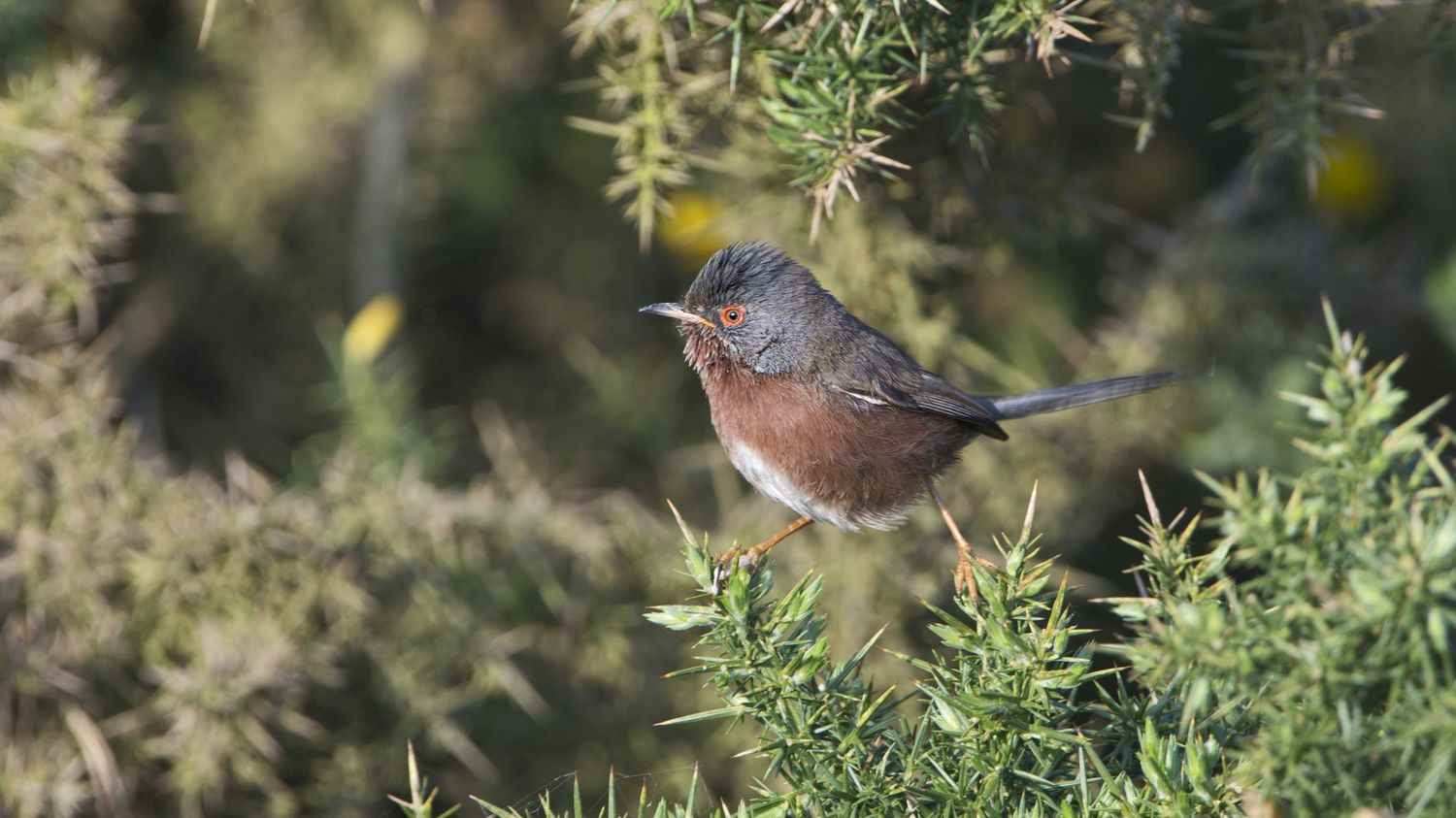It is a passerine bird, the Dartford warbler, which our neighbors in the UK had considered extinct since the 1960s and which is reappearing for the first time in numbers on the English moor. And, since good news is rare about the state of biodiversity, the warbler is entitled to articles in all the British press, from Times to Guardian. Newspapers that explain that in April, the RSPB, the Royal Society for the Protection of Birds, the equivalent of our LPO, counted 183 pairs in nature reserves in England, a record since 1963.
Dartford warbler is welcomed back from near-extinction https://t.co/D35va2yXBT
—Guardiannews (@guardiannews) May 2, 2022
What does this Dartford Warbler look like? It is a small model, 10 grams on average, for a dozen centimeters, with gray plumage on the back, pink on the belly. A passerine which does not like frost, and which lives in a very specific place: the plain moor, a damp place, without trees but covered with gorse, these small thorny groves in which the warbler finds its meal, in the occurrence of spiders and caterpillars, and where pairs nest. However, this type of land gradually disappeared in the middle of the last century, colonized, nibbled by humans, to build, concrete, live, leaving today only a few protected nature reserves.
Added to this an episode of intense frost, in the spring of 1963, the RSPB counted only two pairs of Dartford warblers. Hence the observation of virtual disappearance, until 2019, when about twenty pairs were observed. For the director of the Minsmere reserve, Mel Kemp, it is the work of preserving these lands that is finally bearing fruit. “That meanshe said to Guardian, that we must continue to restore, protect these fragile lands, not only for the warbler but for all the species that live there.” Question of balance.
The presence of the warbler is proof of the good health of the land. But its return is an exception if we look at the state of bird populations in Europe. In 40 years, their number has fallen by 20%, in town and in the countryside. What this bird tells us is that no more concrete, limiting insecticides, leaving space for the living, it works.
